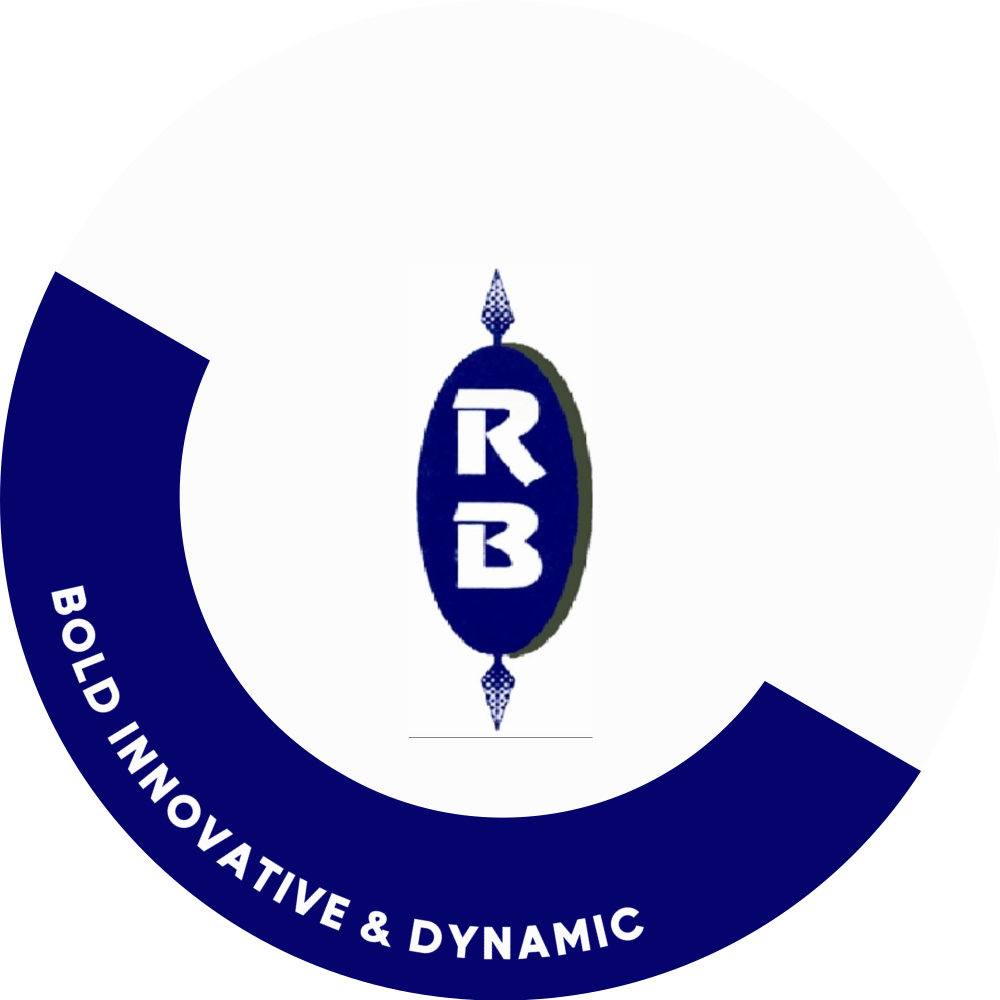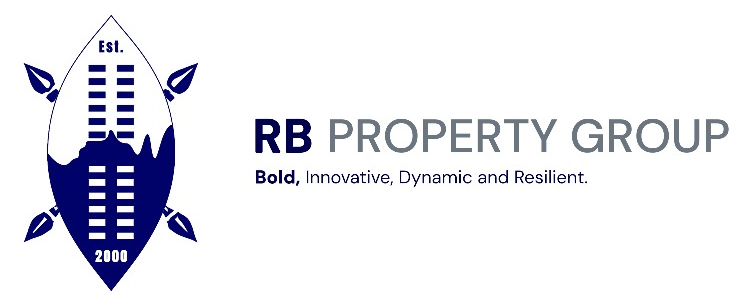VAT Increase from 15% to 15.5%: What It Means for Property Developers
The recent announcement of South Africa’s VAT increase from 15% to 15.5% has sparked wide debate, particularly among stakeholders in the property development sector. While a 0.5% adjustment may appear minor at first glance, its ripple effects across cost structures and cash flows are worth examining closely.
Let’s explore the numbers using a hypothetical property development project with input costs of R500,000 (VAT inclusive).
Cost Breakdown: Before and After the VAT Increase
CategoryVAT @ 15%VAT @ 15.5%Net Development CostsR434,783R434,783VAT Input (VATIN)R65,217R67,391Total CostR500,000R502,174
The increase in VAT pushes the total cost up by R2,174 due to a higher input VAT component, although the base cost of development remains unchanged.
Revenue and Profit: No Impact on Gross Margin (Yet)
CategoryVAT @ 15%VAT @ 15.5%Selling PriceR625,000R627,717VAT Output (VATOUT)-R16,304-R16,848Net RevenueR608,696R610,870Gross ProfitR108,696R108,696
Despite the increase in VAT, the developer’s gross profit remains exactly the same — R108,696 — as the VAT system is designed to be neutral for VAT-registered businesses. The VAT paid on inputs (VATIN) is claimable against the VAT charged on outputs (VATOUT).
Key Insights for Property Developers
- VAT Neutrality Still Applies
- The input VAT (on building materials, professional services, etc.) can still be claimed back, and output VAT (on the final property sale) is still charged to the buyer. The VAT increase is passed on through both ends of the transaction.
- Marginal Cash Flow Impacts
- Although the gross profit remains unaffected, developers may experience short-term cash flow shifts due to the timing of VAT payments and claims. R2,174 more is tied up in initial costs, which could impact liquidity on larger scale projects.
- Pricing Strategy Needs Adjusting
- While VAT is not an income or expense for VAT-registered businesses, developers need to ensure their sales pricing models correctly factor in the new VAT rate to maintain market competitiveness and compliance.
- Effect on Non-Registered Buyers
- For individual buyers not registered for VAT — such as ordinary homeowners — the increase in VAT means higher prices for newly developed properties. This may dampen affordability, especially in the lower- to mid-income segments.
Conclusion: A Manageable Yet Notable Shift
The VAT increase from 15% to 15.5% does not affect the bottom line for VAT-registered developers from a gross profit perspective. However, it subtly increases total costs, requires careful pricing revisions, and has broader implications for market pricing and affordability.
In a capital-intensive sector like property development, even small changes in tax policy can have strategic implications. Developers must proactively communicate with tax advisors, revise their financial models, and adapt their pricing strategies to stay ahead in a competitive and regulatory-sensitive environment.


